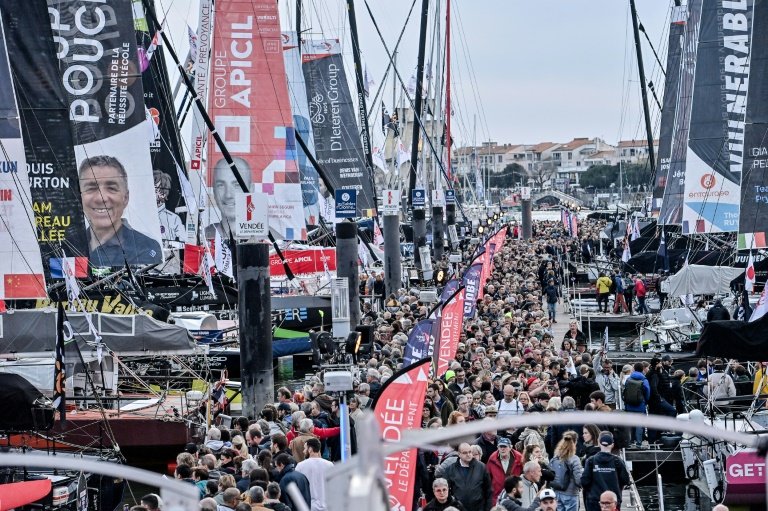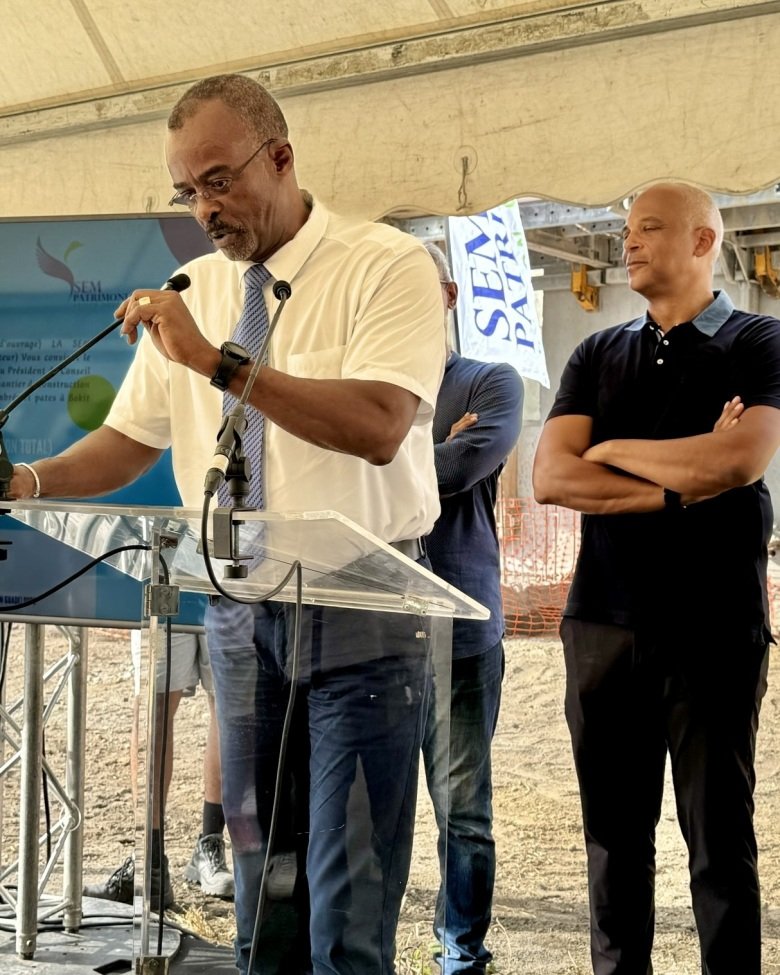Traffic Woes in Paradise: Solutions for St. Maarten’s Traffic Congestion Crisis – StMaartenNews.com – News Views Reviews
 27 November 2024
27 November 2024


SIMPSON BAY — St. Maarten, an island renowned for its many beaches, vibrant nightlife and busy tourist seasons, is facing an increasingly urgent challenge: traffic congestion. While many issues plague developing nations, our tiny Caribbean island seems to be gridlocked by its own popularity. The sheer number of cars on the island—compounded by narrow roads, poor infrastructure, and unregulated vehicle imports—has turned our daily commutes into a test of patience and creativity.
This past week, StMaartenNews.com engaged the public in an active discussion about the island’s traffic woes. Through a social media post, residents shared a myriad of perspectives on what can be done to untangle our roadways. The feedback was passionate, diverse, and reflective of the island’s unique challenges. Here’s a roundup of the most talked-about solutions—and some food for thought for our policymakers.
- Public Transportation: The Missing Link
The most frequently suggested solution was the creation of a reliable, affordable, and government-regulated public transportation system. Many commenters pointed out that the current private bus system, while entrepreneurial, is disorganized and unreliable. Ideas ranged from dedicated bus lanes and subsidized fares to a centralized bus station with scheduled routes.
Miranda Rombley noted, “There are simply too many vehicles because the public transport system is not working. Once properly implemented, people can leave their cars at home.” Others, like Sebastiaan Hoekstra, highlighted the need for larger buses and a reduction of small, inefficient ones clogging the roads.
- Water Taxis and Cable Cars: Thinking Outside the Box
Several contributors proposed leveraging St. Maarten’s geography for innovative transportation solutions. Electrified water taxis connecting Simpson Bay, Philipsburg, Marigot, and other key areas were a popular idea. Some even suggested metro cable systems, inspired by cities like Medellín, Colombia, where steep hills and limited space are navigated with efficiency and flair.
Victoria Carvajal stated, “Cable cars offer stunning views, are eco-friendly, and can attract tourists while easing traffic.” Could St. Maarten embrace this vision of modern mobility?
- Infrastructure Overhaul
More traditional solutions like building additional roads, overpasses, and tunnels also found favor. However, these ideas were met with skepticism about feasibility. Toulon Pastor Rolando lamented, “I’ve been hearing about new roads for 25 years, yet nothing has been done.” Residents also suggested dedicated lanes for buses, bikes, and emergency vehicles, along with smarter traffic management to reduce bottlenecks.
Marie Louise added a pragmatic angle, proposing one-way traffic patterns in certain areas to improve flow. But where do we find the land for more roads? And can we afford the financial and environmental costs of such projects?
- Regulate Vehicle Imports
A recurring theme was the sheer volume of cars entering the island each year. Many called for stricter regulations on vehicle imports, such as a cap on new licenses or implementing a “one car per family” rule. Bharati Sabhnani Sadarangani shared an idea from Japan: “No new plates issued unless one is surrendered. This rule could work here.”
This suggestion reflects an acknowledgment that our limited infrastructure cannot sustain unlimited growth in car ownership. However, such policies must be carefully balanced against the interests of car dealerships and the public’s freedom of choice.
- Incentives for Behavior Change
Behavioral incentives were another hot topic. Subsidies for electric bikes, higher fuel taxes, carpooling programs, and even odd-even driving days based on license plate numbers were floated. Critics argue these measures would be difficult to enforce, but supporters insist they could be a game-changer if implemented creatively.
- The Bigger Picture: Collaboration and Accountability
Underlying every suggestion was a call for stronger leadership and collaboration between the Dutch and French sides of the island. Ronny Busby aptly noted, “Public transportation is in private hands, and mutual creative solutions are needed. It will take both sides to fix this growing issue.”
Many also expressed frustration with decades of inaction and short-term thinking. “Stop the debates and show results,” implored Morena Ignacio. Others called for international expertise, drawing on the successes of countries like the Netherlands and China in managing dense urban traffic.
A Path Forward
The solutions are there, but implementation will require political will, financial investment, and cultural shifts. As one commenter put it, “We can become the top tourist destination in the world, or we can lose it all.” Tourists expect more than pristine beaches; they want a seamless experience, and traffic jams are anything but.
The call to action is clear: St. Maarten’s leaders must prioritize traffic management as a cornerstone of sustainable development. Let’s not wait another 25 years to take decisive action. The time for radical, innovative, and collaborative solutions is now. The future of our economy, environment, and quality of life depends on it.
What do you think? Join the debate and let your voice be heard.https://www.facebook.com/photo?fbid=1127503229383463&set=a.512402907560168
###
Related links:No easy solution for traffic jamsFacebook debate about solutions needs for traffic jams on St. Maarten/St. Martin
Opinion piece: “A car for every working (wo)man” by Hilbert Haar
###
ADVERTISEMENT








